Summary
- Show’s faithfulness to the Fallout universe is shown through Vault-Tec experiments and power armor.
- Surface settlements reflect post-apocalyptic scarcity and the aftermath of the Great War.
- Factions, ghouls, and pre-war storytelling deepen the show’s originality and connection to the games.
The Fallout show has garnered an impressive score from viewers and critics alike, an exceptional achievement since adaptations rarely satisfy the fan base. So, how did they pull it off? For starters, the writers did a masterful job recreating the game’s universe: the retro-futuristic tech, thriving Vault communities, and the radioactive surface with a small population of humans and ghouls.

Related
Fallout: The 10 Biggest Differences Between The Show And Games
Prime Video’s Fallout stays as faithful as it can to the games while doing its own thing. However, some things still must be changed around.
In addition, there is more emphasis on the events before the Great War compared to the games. And while the show’s story is not based on previous games, it still repeats the message Fallout games offer—the aftermath of nuclear warfare is fascinating but not pretty.
8
Vault-Tec Experiments
A Safe Haven Or A Mouse Trap?
Ah, Vault-Tec—the private corporation making underground vaults to preserve humanity in the event of a nuclear war—yep, that sounds about right. Except, it turns out that the vaults were testing grounds for experiments on people. However, it’s not all doom and gloom since vault dwellers enjoy a luxurious life far better than living on the surface.
The show captures this sentiment well. At first, Vault 33 appears as a functioning democracy with plenty of resources and a grand plan to repopulate the Earth on “Reclamation Day.” However, the purpose of Vault 33 was to socially engineer inhabitants to create loyal subjects for the organization. While mostly unique, this experiment has similarities to the in-game Vault 101 (Fallout 3), designed to study population isolation and strict control.
7
Power Armors
Fighting Wars In Style Since 2065
It wouldn’t be a Fallout show if it didn’t mention the iconic, heavy-duty power armor from the video games. A pre-war technology manufactured by West Tek for the US Military, the power armor gives its wearers enhanced protection and super strength. Oh, and did I mention they run on fusion cores?
What’s remarkable is that the power armors in the show are actual suits and rarely CGI (talk about dedication). The T-60 model in the show looks like a 1:1 replica of its Fallout 4 version, an impressive feat, to say the least. Besides its obvious utility, the suit’s imposing build is a status symbol, as only knights of the Brotherhood of Steel get to wear it in the show, while squires like Maximus help maintain it.
6
Commercial Brands
Have You Tried Nuka-Cola yet?
The Fallout games are set in a world where the 1950s vision of the future becomes a reality. Everything is draped and painted in an atomic-age aesthetic – think The Jetsons minus the flying cars and apartments. Naturally, the branding of commercial products follows this, and we have brands like Nuka-Cola, Atomic Command, and Sugar Bombs.
The shows follow a similar route by including the same products throughout the episodes, often placing them naturally in shots or showing vending machines that sell them. We also see Lucy Maclean’s brother Norm playing the video game Atomic Command on his Pip-Boy, which is a nod to Fallout 4.
5
Human Settlements On The Surface
The Wasteland Is A Dangerous Place
After the Great War (2077), those who weren’t lucky enough to buy space inside a vault were left to fend for themselves in a radiation-poisoned land of what used to be the United States of America. The surface dwellers live in tight-knit communities that are hubs for survival, commerce, and storytelling, depicting the scarcity in a post-apocalyptic society.
While the town of Filly in the show is a new addition to the lore, its scrap metal shacks and battered, recycled look remind us of Diamond City from Fallout 4. The show adds another detail to the story: Shady Sands, the capital of the post-war New California Republic, was bombed before the events in the show. The culprit is none other than Vault-Tec, possibly to take out competition.
4
Random NPC Interactions
Be Sure To Ask For Directions
While searching for her father in the wasteland, Lucy MacLean runs into a miserable-looking farmer with no pants who offers her a broken homestead if she agrees to marry him. The poor thing can barely make a water filter work—putting sand inside and expecting water to come out the other end.

Related
Fallout: 8 In-Game Products We Wish Were Real
We wish these items from the world of Fallout really existed.
This scene is a perfect snapshot of random NPC interactions that players of the games are used to. The Fallout world is littered with absurd characters, such as Dave (Fallout 3), the self-proclaimed president of the Republic of Dave, a small community that trades with caravans. Dave will deny your citizenship application because the “quota for immigration” has exceeded for the year but will allow you refugee status in exchange for 250 bottle caps—the wasteland’s universal currency. If only the world had more presidents like him.
3
Post-War Factions
“War. War Never Changes”
The absence of a unifying government in the Fallout universe gives rise to factions with opposing agendas—many of which suffer internal and external power struggles. For example, the Brotherhood of Steel (BoS), a militant group that hoards dangerous technology to prevent another nuclear war, is constantly fighting other factions to further its goals.
The show hits the nail on its head when recreating the anarchy of Fallout games. For instance, the survivors of the New California Republic (NCR) kidnap the Vault 33 overseer to access cold fusion reactors—provoking the BoS to interfere in a bout that results in hundreds of casualties and the death of Lee Moldaver.
2
Ghouls
The Good, The Bad, And The Ghoul
After the Great War, surface radiation mutated some humans, granting them radiation resistance and extended lifespan and changing their appearance by burning their skin. Ghouls frequently face discrimination based on their appearance, driving them to live as outcasts. While some ghouls retain their sanity perfectly, others go feral and mindlessly attack any non-ghoul creature.
The reason why a ghoul turned feral was unknown until the Fallout show revealed that their bodies aren’t entirely resistant to radiation. In S1E4, the Ghoul trades Lucy for a few vials of RadAway, which he constantly drinks to prevent losing his mind. This supporting explanation means the show is not merely an adaptation but has its own story to contribute to the Fallout universe.
1
Pre-War Storytelling
Once Upon A Time There Was Vault-Tec—The Rest Is History
Fallout encourages its players to learn about the pre-war era by looking for its remnants. The games use environmental storytelling, digital/print media, and firsthand accounts of ghouls who lived before the war to paint a fragmented picture of what the world used to look like.
This strategy is reflected in the TV show where the Ghoul’s flashbacks shed light on Vault-Tec’s plan to use their political influence to cause a war. On the other hand, Lucy learns about the MacLean family’s past and the fall of Shady Sands from Moldaver, who is herself a pre-war relic.
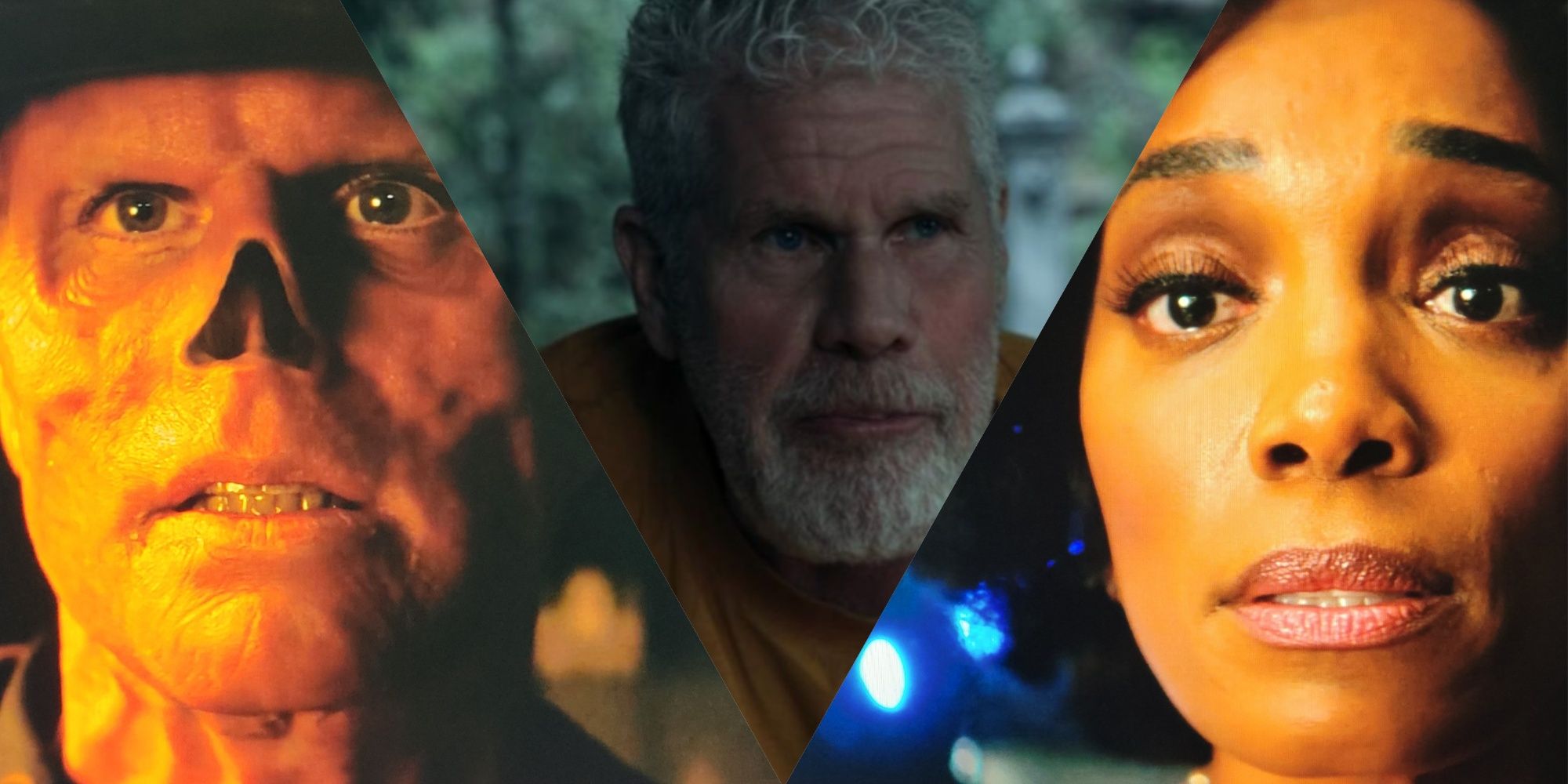
Next
The Meaning Behind The “War Never Changes” Reference In The Fallout TV Show, Explained
Don’t worry if you missed this iconic reference in the Fallout show. Even actor Walton Goggins didn’t realize its significance!







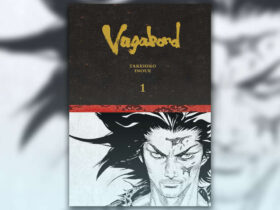


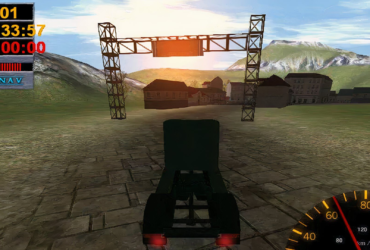
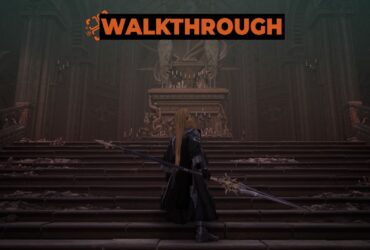

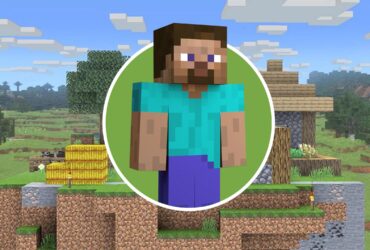
Leave a Reply